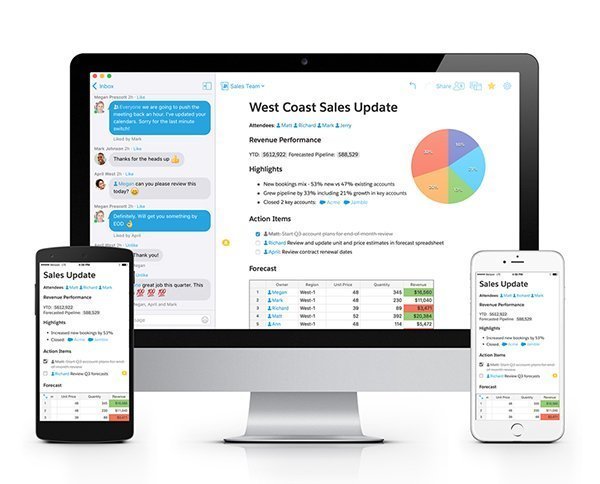

Specify a label and indicate that the target cell is immediately to the right of that label (that’s what we’re doing).You can use several approaches to specify a target cell: The Store Data in Quip action lets you specify up to ten pieces of data to write to 10 cells. The Clone action generates a new quip sheet based on this template, and give it a name using a formula technique like the one described above. We create a Quip document to act as our template: Store Data in Quip Document does the heavy lifting of inserting flow data into specific Quip cells. This flow features 2 of the new Quip Flow Actions:Ĭlone Quip Document is a simple action that duplicates a named document. This might be useful if you want to generate shareable reports for your customers using data stored in Salesforce. Then email the URL to each of the Contacts. The use case is this: Given a set of Contacts, generate a custom Quip sheet for each one and fill it with Contact data. Now let’s change direction and go From Salesforce To Quip.
#SALESFORCE QUIP UPDATE#
#2 Clone a Quip Template and Update the Resulting Quip Sheets with Salesforce Data Each time we go through the loop, the modified contact is added to a new “updatedContacts” collection variable that can later be used to carry out the update. The resulting flow uses a collection operator. The tooltips in Flow Builder are completely overhauled and have a lot of extremely timely tips they’re not just simple definitions. I needed to restructure my flow and got a key hint from a brand new tooltip: When flow loops, Salesforce prepares a single transaction so it can commit all of the loops with one database action, in the name of resource conservation.

I had forgotten that you can’t use a callout (here, the flow action is “calling out” from Salesforce to the quip api endpoint) in the middle of an open Salesforce transaction. When I ran the flow in the debugger, though, I got this error: In my first attempt at setting up the flow, it looked like this: Side Discussion 2: Mixing Callouts and Transactions If I try to immediately update the Contact as soon as I get the data out of the Quip document like this: You don’t have to actually use these variables, but if you take the time to define them, then any error messages you get will show up in the debugger like this: Here I’ve created variables to map the Error Message and Is Success outputs.

This is one of three ways you can specify a specific cell value:ģ) Finally, map the retrieved values from the Quip document to flow storage variables so you can use them later in the flow: Start with a contact name, generate the ConstructedName using that formula, and pass it in to the flow action:Ģ) For each piece of data that we want to extract from the quip doc, we reference it by specifying the label value of the cell to its immediate left.

The new Quip Flow Actions for Salesforce Flow open up new ways to combine the shared, universal accessibility of Quip with the power of Salesforce.


 0 kommentar(er)
0 kommentar(er)
